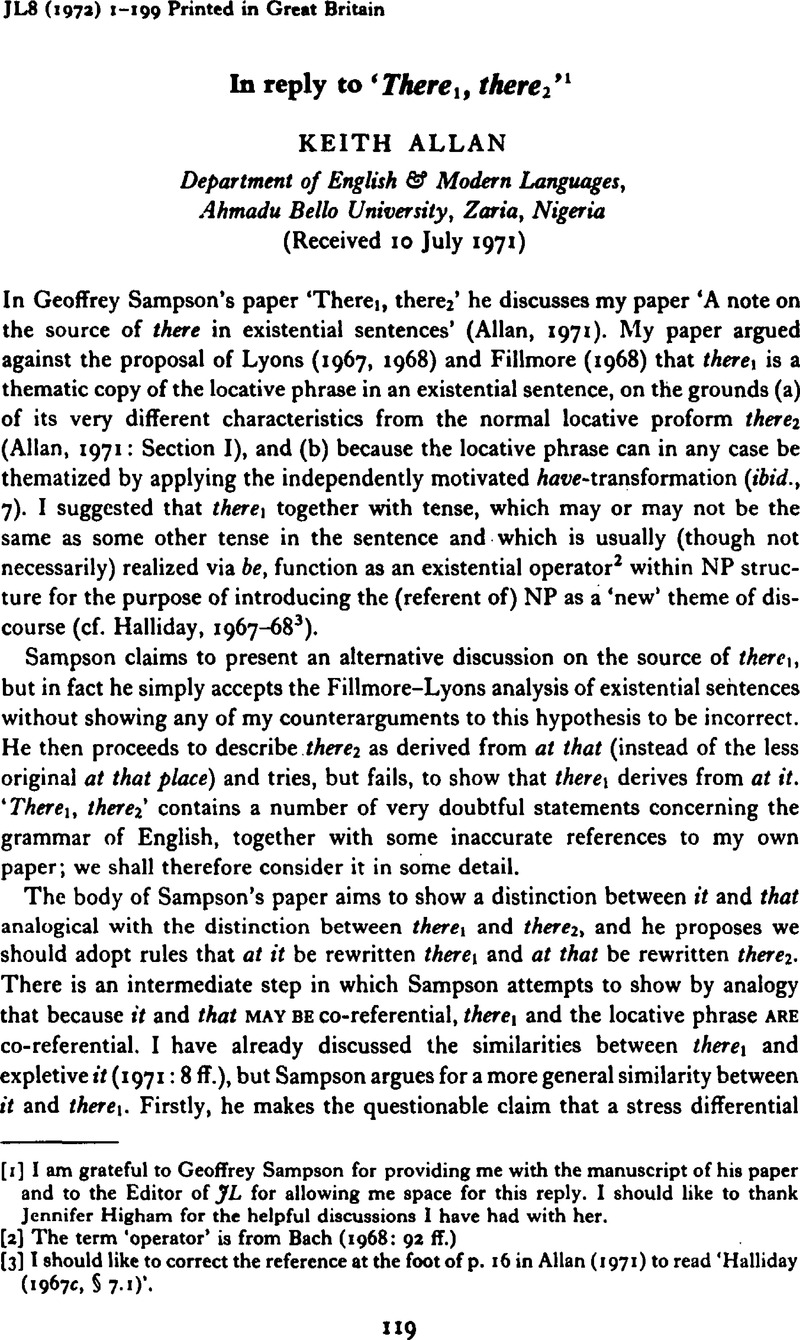Crossref Citations
This article has been cited by the following publications. This list is generated based on data provided by Crossref.
Lodge, Ken R.
1979.
A three-dimensional analysis of non-standard english.
Journal of Pragmatics,
Vol. 3,
Issue. 2,
p.
169.
Pettinari, Catherine
1982.
Linguistics and Literacy.
p.
145.
BARNES, L. A.
1984.
DAAR- EN THERE-KONSTRUKSIES.
South African Journal of Linguistics,
Vol. 2,
Issue. 1,
p.
1.



